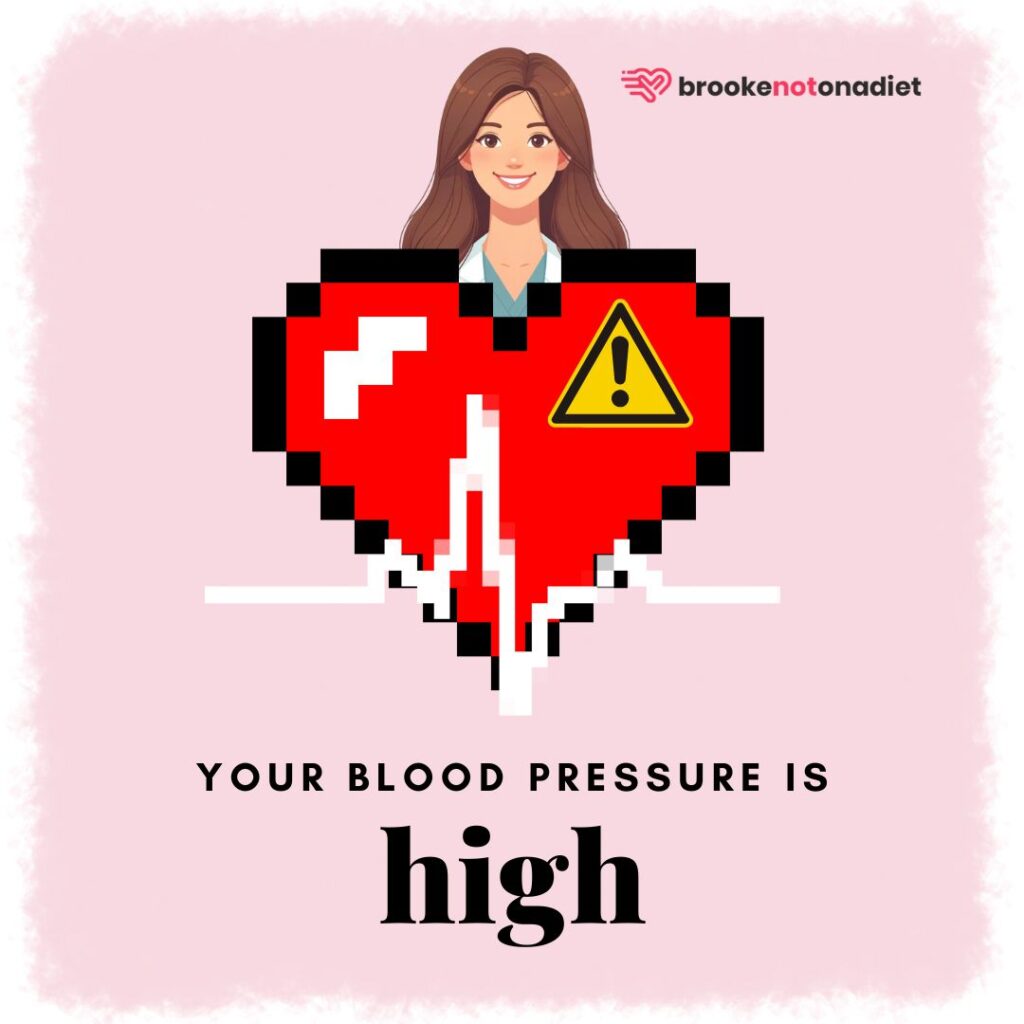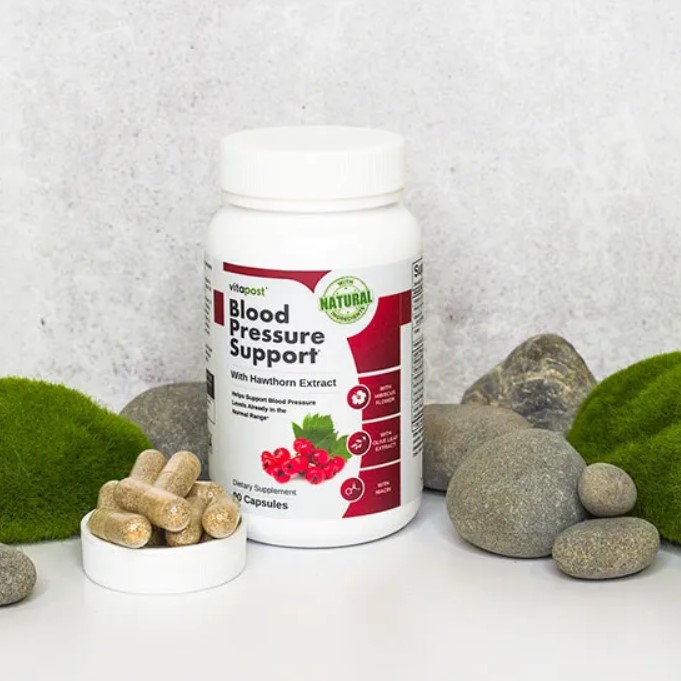
A blood pressure reading of 173/149 mm Hg is classified as Stage 2 hypertension, a condition that requires prompt attention and management due to its potential to cause serious health complications.
Stage 2 hypertension is considered dangerous because it significantly increases the risk of heart disease, stroke, and kidney failure among other conditions.
This level of high blood pressure indicates that the heart is working harder than normal to pump blood through the vascular system, which can lead to damage of the blood vessels and vital organs over time.
To address this condition, individuals should first consult a healthcare professional to develop a comprehensive treatment plan.
This plan may include lifestyle modifications such as adopting a healthier diet, increasing physical activity, reducing sodium intake, managing stress, and if necessary, medication.
These initial steps are crucial in preventing further health deterioration and reducing the risk of hypertension-related complications.
According to the American Heart Association (AHA), Stage 2 hypertension is defined by systolic blood pressure levels of 140 mm Hg or higher and diastolic levels of 90 mm Hg or higher.
Specifically, a reading of 173/149 mm Hg falls within this category, indicating a critical need for intervention to prevent more severe health issues.
The underlying causes of hypertension can vary widely, including genetic factors, obesity, lack of physical activity, excessive salt consumption, alcohol use, stress, and certain medical conditions.
Symptoms are often silent, leading many to live with high blood pressure unaware until serious health issues arise.
Diagnosis typically involves multiple blood pressure readings over time and may include additional tests to identify any underlying conditions.
What is the Mean Arterial Pressure (MAP) for a blood pressure of 173/149 mm Hg?
The Mean Arterial Pressure (MAP) for a blood pressure of 173/149 mm Hg is:
What is the Pulse Pressure (PP) for a blood pressure of 173/149 mm Hg?
The Pulse Pressure (PP) for a blood pressure of 173/149 mm Hg is:
How to manage blood pressure of 173/149 mm Hg?
1. Monitor your blood pressure regularly
Keeping a close eye on your blood pressure at home is crucial.
Invest in a reliable home blood pressure monitor for consistent tracking.
Regular monitoring can reveal patterns or triggers behind blood pressure fluctuations.
Take your blood pressure at the same times daily, such as in the morning and evening, to maintain consistency.
Record your readings, noting any changes in diet, activity, or stress levels, to share with your healthcare provider for tailored advice.
2. Adopt a heart-healthy diet
Your diet plays a critical role in blood pressure management.
Follow the DASH diet to focus on fruits, vegetables, whole grains, and lean proteins, reducing salt and unhealthy fats.
Incorporating these foods can significantly lower blood pressure.
Pay attention to portion sizes and learn to read nutrition labels, especially for sodium content.
3. Engage in regular physical activity
Exercise strengthens your heart, reducing the effort needed to pump blood.
Strive for 150 minutes of moderate exercise or 75 minutes of vigorous exercise weekly, plus strength training twice a week.
Choose activities you enjoy, like walking, swimming, or cycling, and include muscle-strengthening exercises.
4. Achieve and maintain a healthy weight
Weight loss directly impacts blood pressure control.
Even modest weight loss can lead to significant blood pressure improvements.
Monitor your waist circumference as an indicator of health risk.
Set achievable weight loss goals and pursue them through diet and physical activity.
5. Manage stress
Chronic stress can affect blood pressure.
Identify stress triggers and develop coping mechanisms, such as relaxation techniques or engaging in hobbies.
Incorporate stress-reduction activities into your daily routine for a healthier blood pressure.
6. Quit smoking and limit alcohol
Smoking temporarily raises blood pressure; quitting can restore it to normal levels.
Limit alcohol consumption to moderate levels to help reduce blood pressure.
Understand the guidelines for alcohol intake and adhere to them for better health.
7. Consider medication
If lifestyle modifications are insufficient, medication may be necessary.
Discuss with your doctor the most suitable medications, like ACE inhibitors or diuretics, and follow their guidance closely.
Always consult your healthcare provider before making any changes to your medication regimen.
8. Regular check-ups
Maintain regular visits with your healthcare provider to monitor your blood pressure management.
These appointments allow for adjustments to your treatment plan and address additional health concerns.
Be transparent with your doctor about your lifestyle and the effectiveness of your management strategies.
9. Stay informed and adjust as needed
Keep up with the latest in blood pressure research and guidelines.
Be open to adjusting your management plan based on new information and your healthcare provider’s advice.
Adaptability in your approach to blood pressure control is key to long-term health.
Discover the Power of Natural Blood Pressure Support

Introducing our premium Blood Pressure Support supplement, expertly crafted to promote healthy blood pressure levels and cardiovascular wellbeing.
✅ Formulated with natural ingredients for gentle yet effective support
✅ Helps maintain optimal blood pressure levels
✅ Supports heart health and overall cardiovascular function
✅ May aid in reducing the risk of heart-related issues
✅ Manufactured in a GMP-certified facility for quality assurance
Take proactive steps towards a healthier heart with our Blood Pressure Support supplement.
What is a blood pressure chart and how to read it?
A blood pressure chart is a vital tool developed by the American Heart Association, providing a visual representation of various blood pressure ranges from normal to very high.
This chart is grounded in extensive research, including a 2018 study by Muntner et al., indicating that blood pressure benchmarks should reflect ambulatory and at-home variations.
The chart categorizes blood pressure into five stages: Normal, Elevated Blood Pressure (Pre-hypertension), High Blood Pressure (Hypertension Stage 1 and Stage 2), and Hypertensive Crisis, with specific systolic and diastolic mm Hg values assigned to each category.
To read the chart, you look at two numbers in a blood pressure reading: the systolic (upper number) and the diastolic (lower number) pressures, expressed in millimeters of mercury (mm Hg).
For example, a reading of 120/80 mm Hg means a systolic pressure of less than 120 mm Hg and a diastolic pressure of less than 80 mm Hg, which falls into the “Normal BP” category.
The systolic number measures the pressure in your arteries when your heart beats (contracts), indicating how hard your heart is working to pump blood.
The diastolic number measures the pressure in your arteries when your heart rests between beats, reflecting the resistance to blood flow in the blood vessels.
Both numbers are crucial for diagnosing hypertension and determining the risk of cardiovascular complications.
As per Dr. Paul K. Whelton’s insights and the studies mentioned, the chart serves not only as a diagnostic tool but also emphasizes the importance of awareness and management of heart health, urging a focus on non-pharmacological measures for those in the elevated and high blood pressure stages.
Why maintaining a healthy blood pressure is so important?
Maintaining a healthy blood pressure is crucial because high blood pressure, or hypertension, can lead to various serious health issues affecting different organs in your body. Here’s why it’s important to keep it in check.
- Heart attack (myocardial infarction): Persistent high blood pressure can lead to the narrowing and stiffening of arteries, a condition known as atherosclerosis, which increases the risk of a heart attack.
- Stroke (cerebrovascular accident): Elevated blood pressure can harm the blood vessels in the brain, increasing the likelihood of a stroke.
- Aneurysm: High blood pressure weakens the walls of blood vessels, raising the risk of aneurysm formation. A ruptured aneurysm can cause severe internal bleeding.
- Heart failure: Hypertension causes the heart to work harder to pump blood against increased resistance in arteries. Over time, this extra workload can lead to thickening of the heart muscle and reduced efficiency.
- Kidney problems: Chronic hypertension can damage blood vessels in the kidneys, impairing their ability to filter waste and excess fluid from the body.
- Eye problems (retinopathy): Hypertension can damage small blood vessels in the eyes, potentially leading to vision problems or even blindness.
- Metabolic syndrome: Hypertension often coexists with obesity, high blood sugar, and abnormal cholesterol levels, increasing the risk of metabolic syndrome.
- Changes with memory or understanding: Chronic hypertension may adversely affect the brain, increasing the risk of cognitive impairment, vascular dementia, or Alzheimer’s disease.
Best Blood Pressure Monitor

Monitor your blood pressure with ease and accuracy with our advanced Oxiline Pressure Monitor X Pro.
✅ High-precision readings for reliable monitoring
✅ User-friendly design for hassle-free use
✅ Large LCD display for clear readings
✅ Memory function to track your blood pressure history
✅ Portable and convenient for use at home or on-the-go
Stay on top of your health effortlessly with the Oxiline Pressure Monitor X Pro. Order yours now and take control of your wellbeing today!
